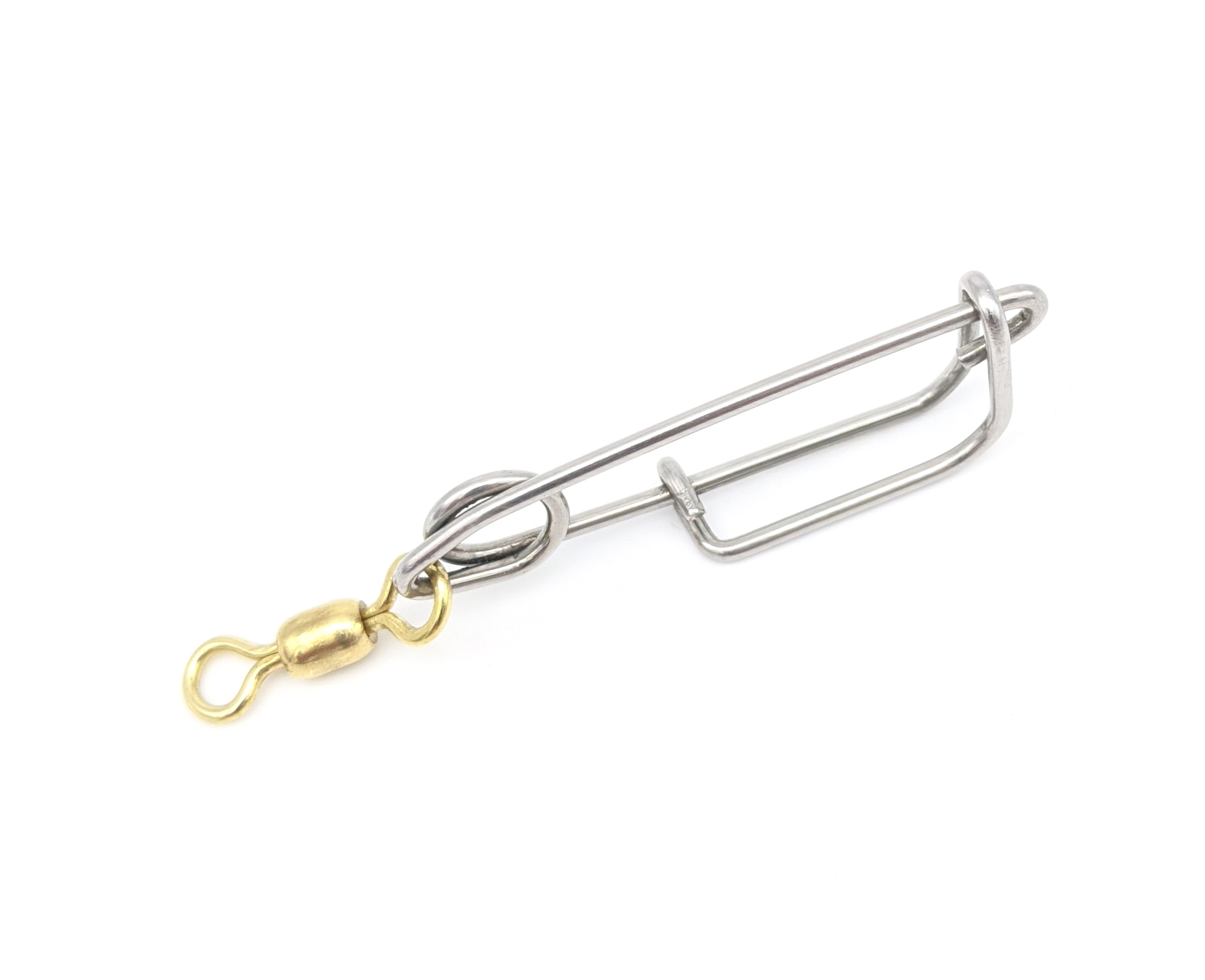Get unique, complex parts easily. No matter your requirements, Chaoyi Spring creates hard-to-produce coil springs and wire forms.
Let us help you create the custom wire form you need, from S-hooks and J-hooks to utility hooks and more.
We work closely with customers across a wide range of industries, helping them design and manufacture made-to-order parts.
Why choose Chaoyi Spring? We prioritize customer-focused collaboration, modern equipment and the latest technology to make your parts per print.
Find the information and guidance you need, from measuring a spring to learning about materials, placing an order and much more.
Torsion springs, a crucial component in countless mechanical systems, are often overlooked in the design process. However, understanding the intricacies of these unique springs is vital for achieving optimal performance


Torsion springs, a crucial component in countless mechanical systems, are often overlooked in the design process. However, understanding the intricacies of these unique springs is vital for achieving optimal performance in a multitude of applications. A torsion spring chart, a graphical representation of the spring's characteristics, offers a powerful tool for designers and engineers to visualize, analyze, and ultimately optimize the functionality of their systems.

Before delving into torsion spring charts, let's grasp the fundamentals of torsion springs. These springs are designed to store energy when twisted or rotated around their axis. Unlike compression or extension springs, which store energy when compressed or stretched, torsion springs work by resisting angular displacement. Their defining characteristic is their ability to exert a torque proportional to the angle they are twisted. This torque, often represented in units like Newton-meters (N·m) or inch-pounds (in·lb), plays a crucial role in determining the spring's behavior.
A torsion spring chart, essentially a graph, provides a visual representation of the relationship between the applied torque and the resulting angle of twist for a given torsion spring. This chart serves as an indispensable tool for engineers and designers, offering a comprehensive understanding of the spring's characteristics. By plotting torque (typically on the y-axis) against angle of twist (on the x-axis), the chart reveals valuable information about the spring's performance under different load conditions.
A well-designed torsion spring chart is packed with insightful data. Let's explore some of its key features:
Utilizing a torsion spring chart offers numerous advantages to designers and engineers:
Torsion spring charts can be presented in various formats, catering to different needs and preferences. Here are some common types:
Torsion spring charts find widespread application in diverse engineering disciplines. Some common areas where they are indispensable include:
A torsion spring chart is more than just a graph; it's a comprehensive guide to understanding and utilizing these powerful mechanical components. By leveraging this tool, designers and engineers can achieve optimal performance, minimize risks, and ensure the longevity of their systems. From selecting the right spring to troubleshooting performance issues, torsion spring charts provide invaluable insights that can significantly impact the success of any project.
In conclusion, torsion spring charts serve as an essential tool for unlocking the full potential of torsion springs. They empower designers and engineers to make informed decisions, optimize performance, and ensure the reliable operation of their systems. Whether you are designing a sophisticated automotive component or a simple consumer product, understanding and utilizing torsion spring charts is a key step towards achieving exceptional results.
Browse some of the custom wire forms and springs that we manufacture. Don’t see what you need? We specialize in made-to-order products that meet your application requirements.
Visit Our GalleryNeed a custom wire form or coil spring? We make it work. Fill out the contact form and a representative will respond within 1 business day. If you have a PDF or CAD file, you can submit to request a quote.